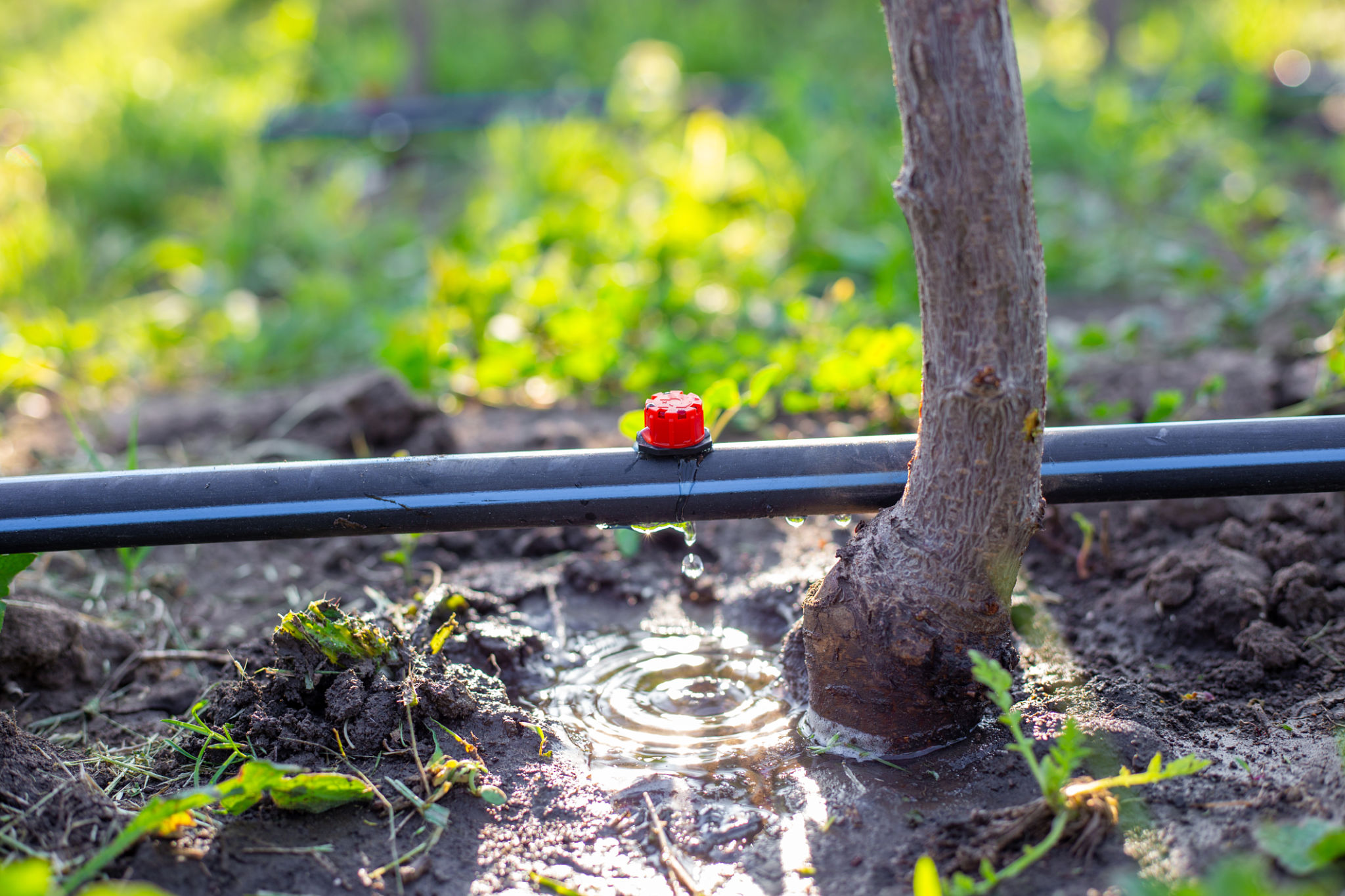Maximizing Greenhouse Yields: Essential Agronomic Practices
Understanding the Greenhouse Environment
Greenhouses offer a controlled environment that can significantly boost plant growth and yields. However, to maximize these benefits, it's crucial to understand the unique dynamics of this environment. A greenhouse allows you to manipulate temperature, humidity, and light levels, creating ideal growing conditions year-round. Mastering these elements is key to achieving optimal yields.
Temperature control is a fundamental aspect of greenhouse management. Most plants thrive within a certain temperature range, and exceeding these limits can hinder growth. Similarly, maintaining appropriate humidity levels can prevent diseases and promote healthy plant development.

Optimizing Light for Growth
Light is a critical factor in photosynthesis, and optimizing it can lead to robust plant growth. In a greenhouse, you can supplement natural sunlight with artificial lighting to extend the growing season and improve yield. Choose lighting systems that mimic the sun's spectrum for the best results.
Consider the placement of your plants to ensure they receive adequate light. Rotating plants or using reflective materials can also help distribute light more evenly throughout the greenhouse, ensuring that no plant is left in the shadows.
Soil and Nutrient Management
The right soil mix and nutrient management are vital for maximizing yields. Greenhouses allow you to use customized soil blends tailored to specific plant needs. Incorporate organic matter to improve soil structure and fertility, and regularly test soil pH to maintain a conducive growing environment.

Nutrient management goes hand-in-hand with soil quality. Implement a fertilization schedule that matches the growth stages of your plants. Consider using slow-release fertilizers or organic options, such as compost, to provide a steady supply of nutrients.
Watering Techniques for Maximum Efficiency
Efficient watering is crucial to prevent overwatering or drought stress. Implementing an irrigation system, such as drip irrigation, can ensure precise water delivery directly to the plant roots, minimizing waste and promoting healthy growth.
Monitor moisture levels regularly to adjust watering schedules as needed. Using mulch can also help retain soil moisture and reduce the frequency of watering, conserving resources while supporting plant health.

Pest and Disease Management
Despite the controlled environment, greenhouses are not immune to pests and diseases. Implement an integrated pest management strategy that includes regular inspections, biological controls, and environmentally friendly pesticides when necessary.
Keeping the greenhouse clean and free from debris can also reduce the risk of pest infestations and disease outbreaks. Consider using pest barriers or screens to prevent external pests from entering the greenhouse.
Conclusion
Maximizing greenhouse yields involves a combination of understanding the environment, optimizing light, managing soil and nutrients, implementing efficient watering techniques, and controlling pests and diseases. By focusing on these essential agronomic practices, you can enhance plant growth and productivity significantly.
With careful planning and attention to detail, your greenhouse can become a thriving ecosystem that supports abundant harvests throughout the year. Embrace these strategies to harness the full potential of your greenhouse environment.
